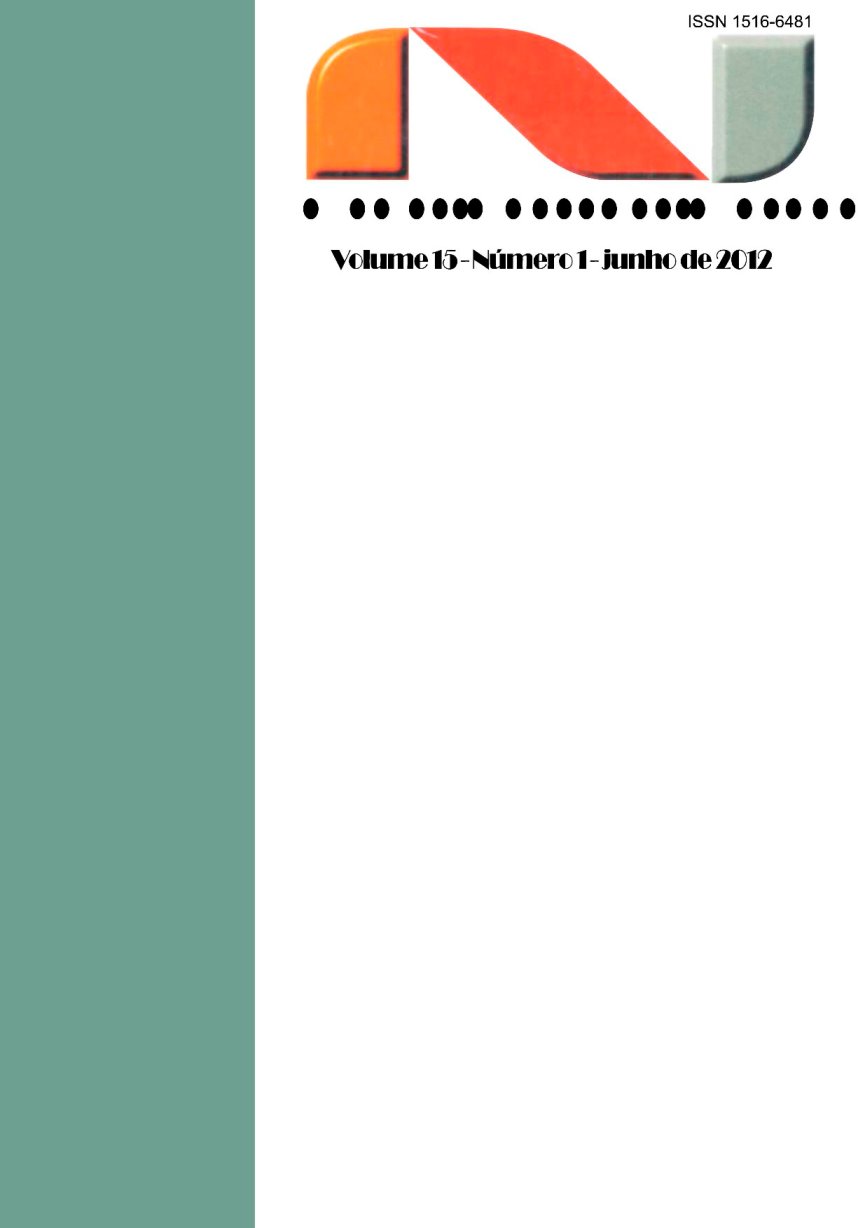An assessment of Brazilian conservation units – a second look
DOI:
https://doi.org/10.5801/ncn.v15i1.894Resumo
This text provides a second overview of the Brazilian conservation unit system as it stood in mid-2010. It updates an earlier text (Drummond et al, 2009) that used data valid for 2005. It examines the following dimensions of federal and state protected areas – age, numbers, types of units, absolute and average sizes, distribution by states and biomes, and degree of compliance with CBD-inspired goals. Major findings: (i) the system maintained a 32-year rapid growth rate; (ii) national parks and national forests continue to be the most prominent units in the system; (iii) distribution of units by region and biome remains unbalanced; (iv) state units grew remarkably over the last five years and have almost tied with the combined area of federal units, (v) state units are strongly biased towards sustainable use; (vi) sustainable use units advanced in their general predominance over fully protected units; (vii) Amazonia remains the most extensively protected biome; and (viii) quantitative goals of biome protection proposed (under CBD guidelines) are closer to being reached, but the predominance of sustainable use units raises doubts about the viability of reaching such goals. In 2010 Brazil reached an outstanding status in the global ranking of its protected areas - fourth in the world, the largest amount of units created in 2000-2010, and the largest combined area of protected tropical formations. However, several regions and biomes remain under protected. Also, the system is large and complex, demanding improved management standards.Downloads
Arquivos adicionais
Publicado
2012-06-01
Edição
Seção
Artigos


